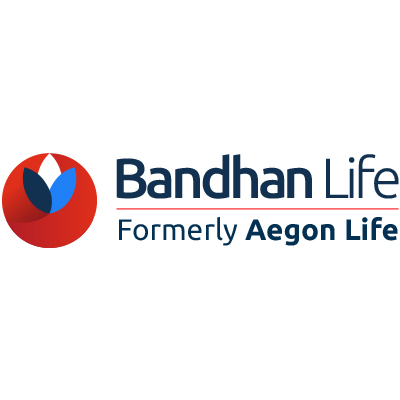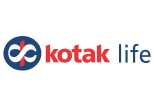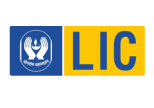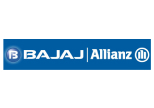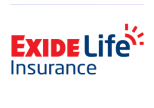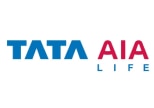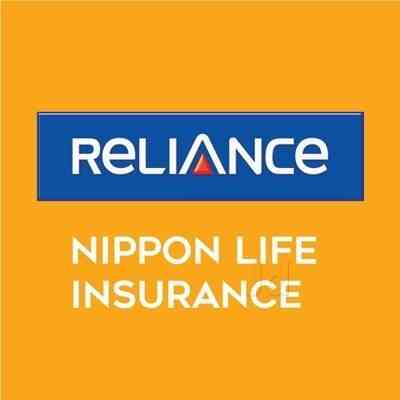Employee Provident Funds - Everything You Need To Know About It!
Table of Contents
While we buy different financial products to meet each of these goals, there is one product that helps achieve all three goals. The majority of us not only know about it but also invest in it because it is a component of our salary. The product is Employee Provident Fund or EPF.

EPF: The Basic Structure
The EPF is not one scheme. It actually comprises three different schemes with three different objectives.
- The first part of EPF is where your retirement benefits are accumulated. This is basically the wealth generation part of the scheme.
- The second part of EPF is the employee pension scheme (EPS). The purpose of EPS is to generate pension for employees after the age of 58 years.
- The third and final part of EPF is the Employee Deposit Linked Insurance Scheme or EDLI, which is a life insurance cover.
The good thing is you don’t need to register separately for all these benefits. When you register for EPF, you are automatically registered for EPS and EDLI as well.
The Working Of EPF
If you are an employee, you pay a certain part of your salary towards the EPF scheme. This amount is often matched with an equal contribution from your employer. The combined amount is then deposited with the Employee Provident Fund Organisation (EPFO). And you continue to accumulate a certain rate of interest every year on this amount deposited with EPFO.
For example, let us assume you pay Rs. 5,000 per month as a part of your salary towards the EPF scheme. Your employer will match it with another Rs. 5,000 per month. The combined amount i.e. Rs. 10,000 is then deposited with EPFO. You will get 8.5% (current rate of interest in EPF scheme) every year on this amount deposited with EPFO. This interest rate may change as EPFO decides on it once every financial year.
This is the basic workings of an EPF scheme. Now, the deduction towards EPF has to be 12% of your basic salary as per the laws. However, do note, for the purposes of EPF, salary means only two things – your basic and your dearness allowance (DA). Here salary does not include your HRA, conveyance allowance, special allowance, or any other benefit given in your salary slip. Generally, companies in the private sector don’t have a dearness allowance component so it’s only the ‘Basic Salary’ that becomes the base for EPF calculation.
The contribution by the employee is equally matched by the employer. So that’s another 12%. Therefore, a total of 24% of your basic salary goes to the scheme. However, the entire 24% does not go towards the first part of EPF i.e. the wealth generation part where your retirement benefits are accumulated.
EPF: Eligibility Rules
Now, let’s understand the eligibility criteria under the scheme.
The present rules require that any organization with 20 or more employees will have to compulsorily register with the EPFO and provide employees with EPF benefits. Nevertheless, organizations with less than 20 employees can also join the EPF program on a voluntary basis. Additionally, the rules also state that employees whose salary is up to Rs. 15,000 a month have to necessarily be part of the EPF program.
Nevertheless, it is possible to opt-out of the EPF program altogether. You can opt-out of the EPF scheme when you start your career i.e. at the time you join your first company at a basic salary of more than Rs.15,000 a month. In that case, since you have never contributed to an EPF scheme, you can fill Form 11 while joining the organization which shall then treat you as an excluded employee for PF purposes.
You can join the EPF program later but once you are enrolled under the scheme, you cannot be exempted from it unless you join a future company or a startup that is not registered under the EPF Act.
EPF Withdrawal Rules
There are three scenarios upon which 100% of the EPF can be withdrawn:
- Upon attaining the age of 58 years
- If you are unemployed for two months or more
- Upon the premature death of the member upon which the entire corpus is given to the appointed nominee
If you want to withdraw from your EPF account before retirement, then there are quite a number of terms and conditions that you need to be mindful of. The first such condition pertains to the scenarios under which you are allowed a premature withdrawal. And these include very specific scenarios like education, purchase of land, marriage, medical emergency, home loan repayment, etc.
Conclusion
The EPF is not the only retirement nest creation option. It competes with PPF, NPS, fixed deposits, mutual funds, and a few more instruments for the consumer’s attention and money.
Also read- Importance And Benefits Of Life Insurance



















